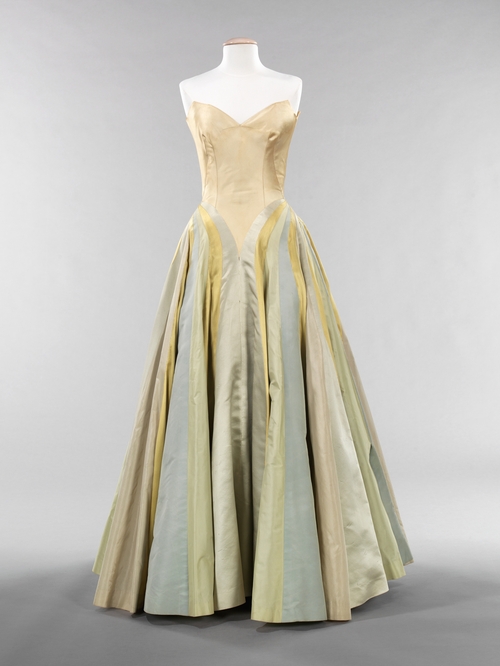At The Queen Sofia Spanish Institute, Park Avenue in New York, Hamish Bowles, Editor in chief for Vogue Europa, has on the request of Oscar de la Renta, arranged an Exhibition about the Architect and Master of fashion - One of my role models, Spanish Couturier Cristobal Balenciaga, who lived from 1895-1972.
The Fashionhouse of Balenciaga then lay to sleep until it was bought by Jacques Bogart S.A. in 1986. It was relaunched with the first collection in October 1987, by designs of Michel Goma.
In 1992 the Dutch designer, Josephus Thimister took over, until 1997 where he was replaced by the suc-cessful designer, Nicolas Ghesquiére.
The exhibition opened on November 19th and can be seen until February 19th, 2011.
Update!
Today, Balenciaga is owned by Kering, previously known under the name Pinault-Printemps-Redoute or PPR, which also owns Yves Saint Laurent, Gucci among others and American Alexander Wang is since 2012 their new designer.
Cristobal Balenciaga established himself around 1919 in his hometown, San Sebastian in Spanien. On request he later expanded to both Barcelona and Madrid, before he in 1937 took the plunge and opened his shop in Paris, when the Spanish Civil war broke out. The Fashion hous is still here today.
Balenciaga was a true champion in cutting, who never compromised. Therefore, he was also highly re-spected by his contemporaries, the likes of Coco Chanel and Christian Dior. After 30 år in Paris, he retired in 1968 as 74 years old and closed all his stores.
Several of the renowned designers of the past, as mentioned above, Oscar De La Renta as well as André Courreges, Emanuel Ungaro and Hubert de Givenchy have worked for Balenciaga.
Several of the renowned designers of the past, as mentioned above, Oscar De La Renta as well as André Courreges, Emanuel Ungaro and Hubert de Givenchy have worked for Balenciaga.
In 1992 the Dutch designer, Josephus Thimister took over, until 1997 where he was replaced by the suc-cessful designer, Nicolas Ghesquiére.
The exhibition opened on November 19th and can be seen until February 19th, 2011.
Update!
Today, Balenciaga is owned by Kering, previously known under the name Pinault-Printemps-Redoute or PPR, which also owns Yves Saint Laurent, Gucci among others and American Alexander Wang is since 2012 their new designer.















